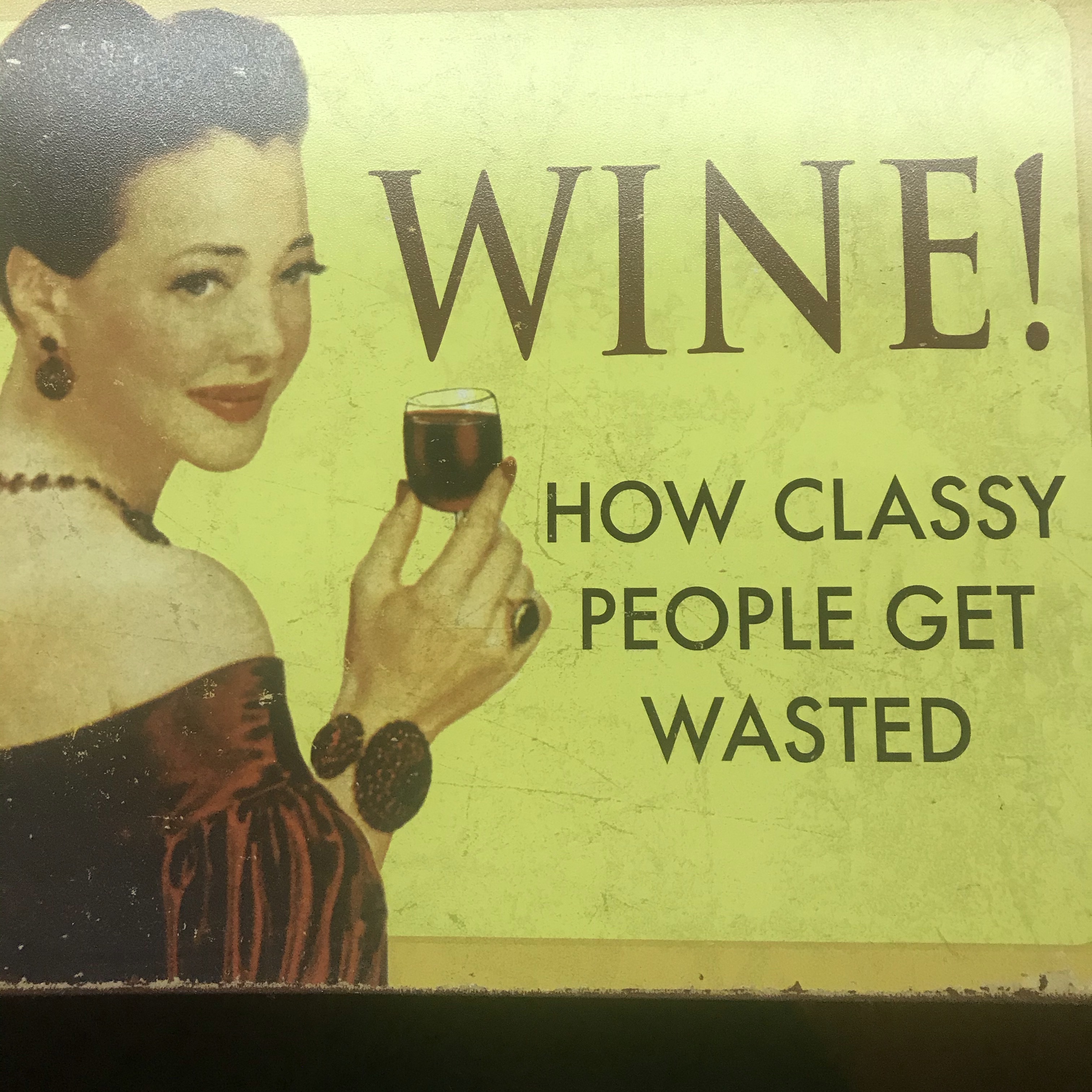Château De Fleurie
Domaine du Vissoux / Pierre-Marie Chermette
Les Garants Fleurie Gamay 2017
Clos De La Roilette
Fleurie Gamay 2023
2023 Clos de la Roilette
Appellation Fleurie Contrôlée — 4 months ago
with Mike
Anne Sophie Dubois
l’Alchemiste Fleurie Gamay
Delicious Gamay — 2 months ago
with Katherine
Guy, Annick et Yann Bertrand
Cuvée du Chaos Fleurie Gamay 2023
Yann Bertrand is finally available in MI. Was only able to buy one bottle. So good. red berries and spice — 4 months ago








Tom Casagrande
This Bojo with a bit of bottle age is so nice. Such bright fruit still. Cherries and berries everywhere. And some nice stony minerality. Fantastic balance. — 2 months ago